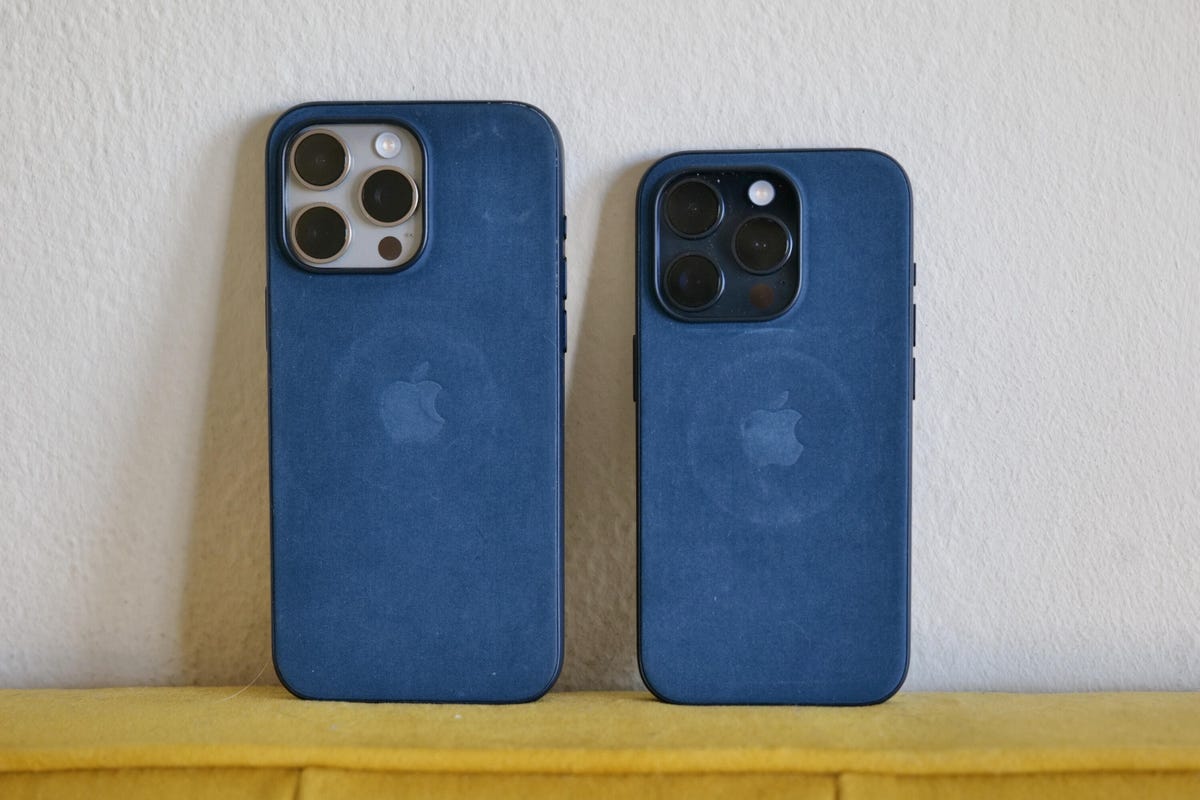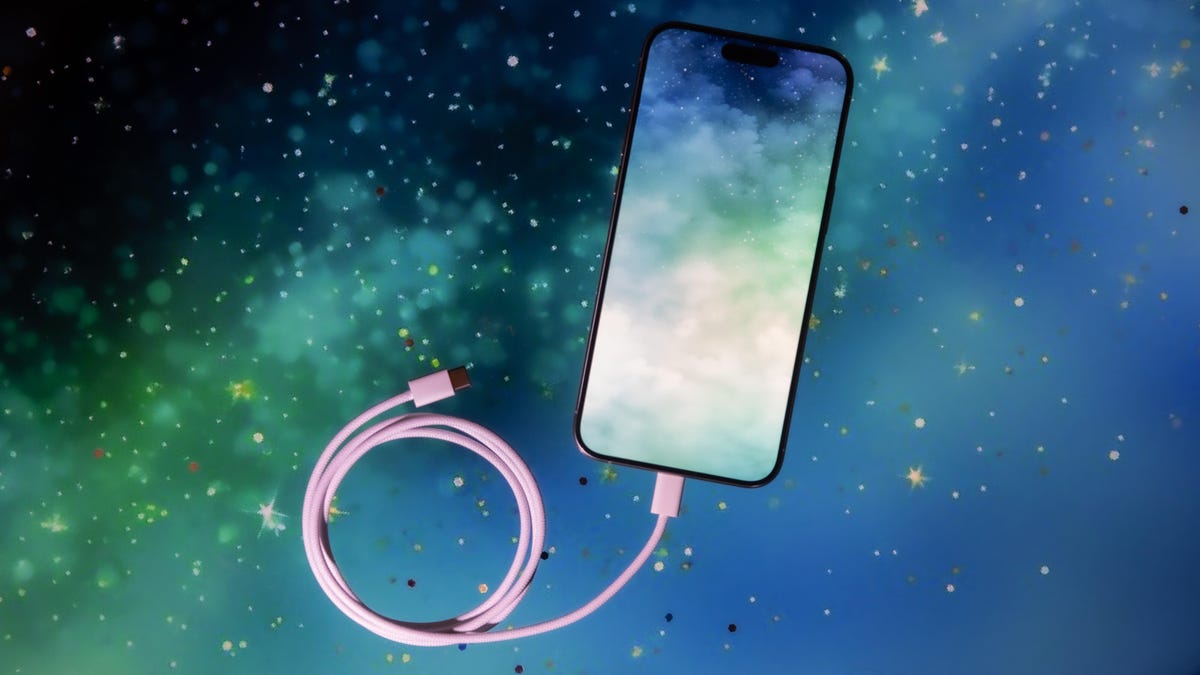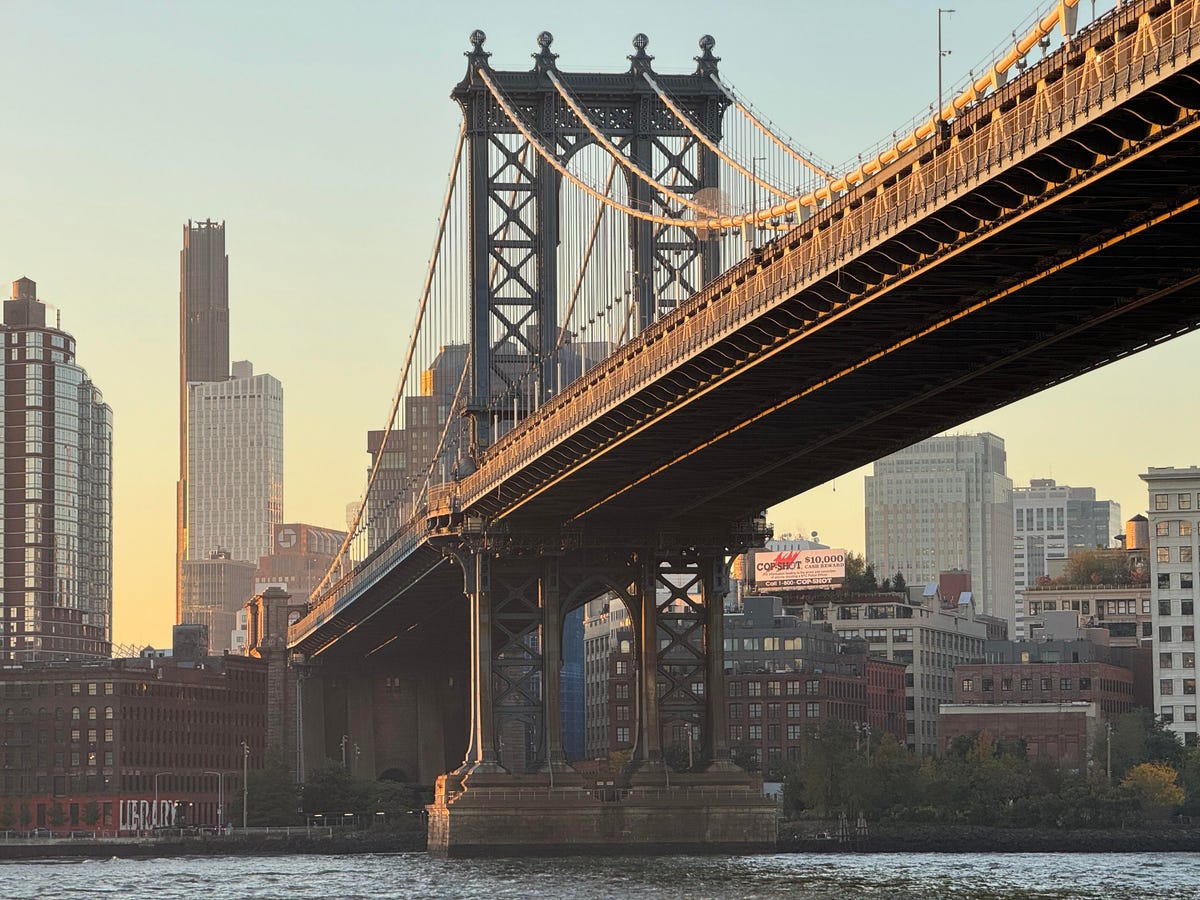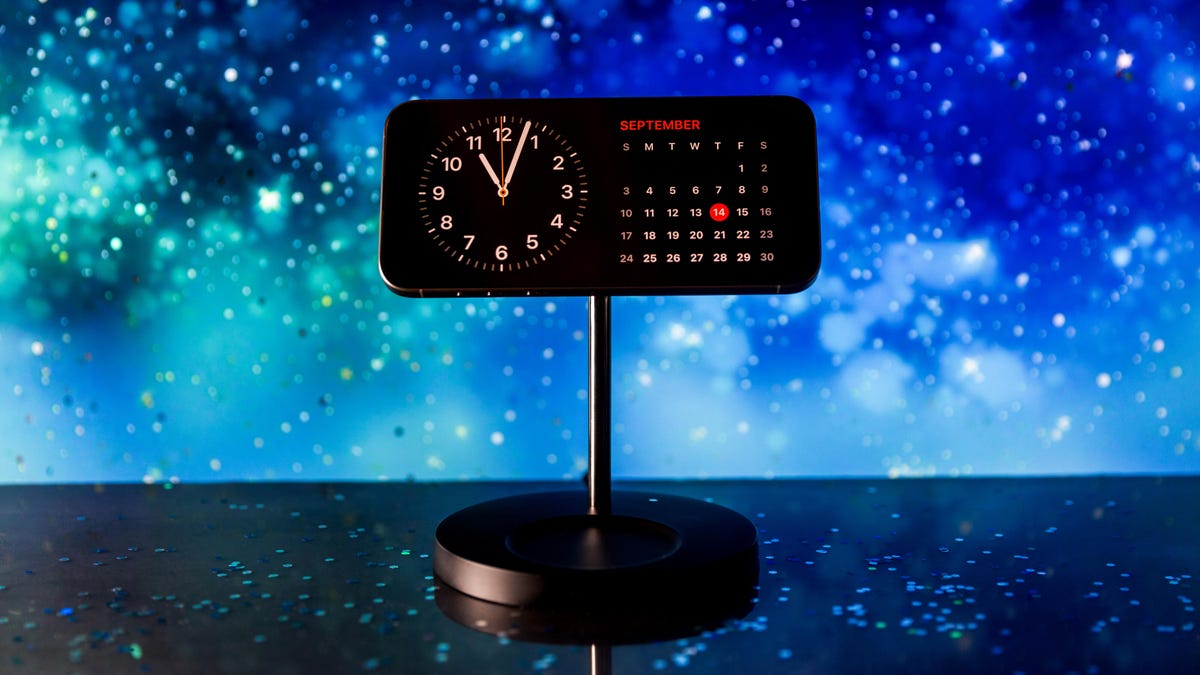The iPhone 15 Pro and Pro Max are defined by their refinements and represent one of the most compelling Apple releases in years. When I initially reviewed both phones, I was impressed with the lighter build, new shortcut button, cameras and the A17 Pro chip. Like the regular iPhone 15, the Pro models have a USB-C charging port instead of Apple’s proprietary Lightning connector, making charging more convenient.
But a lot has happened over the past month. Widespread reports of phones overheating made for a somewhat controversial launch, but Apple has since addressed the issue.
Over the past four weeks, I further tested the iPhone 15 Pro’s cameras, ran CNET’s battery drain test, evaluated performance and conducted charging tests. And I had more time to use the iPhone 15 Pro as my everyday smartphone. Here are my findings.
iPhone 15 Pro-gate(s)
Since the iPhone 15 Pro launched, there have been a few controversies including reports of the iPhone 15 Pro easily bending or experiencing screen burn-in. I have not encountered any of these issues, nor have my CNET colleagues. According to MacRumors, the beta version of iOS 17.1 alleviates the burn-in problem, and the final version, which just came out this week, could do the same. It’s difficult to judge how widespread the burn-in issue is based on these reports alone.
Then there was FineWoven case-gate. Apple announced it would no longer continue to make its own line of leather cases and accessories to help reduce its impact on the environment. As a replacement, Apple launched a new line of FineWoven cases that aren’t made from animal products.

The iPhone 15 Pro Max (left) and 15 Pro with Apple’s FineWoven cases. This was taken after a week of use.
While the cases protected my 15 Pro and Pro Max just fine, the FineWoven cases showed wear and tear after just a week. Dirt and scuffs easily remain; the case on my 15 Pro had scuff marks and indents despite not having used it much the first week. The case’s MagSafe magnet left a circular imprint on the cases for my 15 Pro and Pro Max.
Apple’s support page on taking care of FineWoven cases and accessories includes instructions on how to clean them. I tried this on one of my FineWoven cases, and it got most of the dirt out. But I don’t want a phone case that I have to clean every couple of weeks.
I carry my iPhone 15 Pro Max without a case and use Peak Design’s slim wallet, which is also fabric, but I can touch it without worrying about scuffs. The wallet works with Peak Design’s cases or MagSafe to magnetically attach to the back of my phone. After three weeks of use, the Peak Design slim wallet still looks new, surviving harrowing hours next to keys in my pocket.
Read more: 1 Month Later, the iPhone 15 Is Still an Excellent Upgrade
Perhaps the biggest iPhone 15 scandal involved reports of phones overheating. Apple told CNET that there were four causes that made an iPhone feel warmer than normal, none of which were specifically tied to Pro models, their titanium design or the iPhone 15 series specifically.
When you use a power adapter higher than 20 watts, the phone can feel warm to the touch. This holds true if you’re using a Lightning cable on the iPhone 14 series or a USB-C cable on the iPhone 15 series. I used my MacBook Pro’s 140-watt charger over USB-C to charge the 15 Pro and noticed it was warm to the touch after 30 minutes.
Read more: I Upgraded to an iPhone 15 Pro Max From an 11. Here’s What Happened
According to Apple’s support page, restoring from a backup file or setting up a new phone from scratch can also cause the iPhone to get warmer than normal, as can playing graphic intensive games. When I played Resident Evil Village on the iPhone 15 Pro, it was noticeably warm after 30 minutes.
Certain apps like Instagram and Uber as well as bugs in iOS 17 caused iPhones old and new to overheat. Apple worked with app developers to fix the problem (both Instagram and Uber have updated app versions) and released the iOS 17.0.3 update to solve the issue.

The iPhone 15 Pro Max with its braided USB-C cable attached.
iPhone 15 Pro and Pro Max charging tests
One of the biggest changes to the iPhone 15 series was the inclusion of a USB-C port instead of Lightning. Despite the change, charging speeds are identical to iPhone 14 series models.
I ran several charging tests on the iPhone 15 Pro and Pro Max. I used a 20-watt charger for the first test and noted how the battery percentage increased after 30 minutes. As you can see in the chart below, both the 15 Pro and Pro Max recharged more of their respective batteries than the iPhone 14 Pro and Pro Max.
30-minute charging test (20W adapter)
| Starting percentage | Ending percentage | Percentage added | |
|---|---|---|---|
| iPhone 15 Pro | 4% | 66% | 62% |
| iPhone 15 Pro Max | 7% | 56% | 49% |
| iPhone 14 Pro | 27% | 75% | 48% |
| iPhone 14 Pro Max | 14% | 59% | 45% |
| Starting percentage | Ending percentage | Percentage added | |
|---|---|---|---|
| iPhone 15 Pro before iOS 17.0.3 | 0% | 63% | 63% |
| iPhone 15 Pro after iOS 17.0.3 | 0% | 62% | 62% |
| iPhone 15 Pro Max before iOS 17.0.3 | 18% | 67% | 49% |
| iPhone 15 Pro Max after iOS 17.0.3 | 17% | 67% | 50% |
| Starting percentage | Ending percentage | Percentage lost | |
|---|---|---|---|
| iPhone 15 Pro Max | 100% | 97% | 3% |
| iPhone 15 Pro | 100% | 94% | 6% |
| Galaxy S23 Ultra | 100% | 94% | 6% |
| iPhone 14 Pro Max | 75% | 68% | 7% |
| iPhone 14 Pro | 87% | 79% | 8% |
| After 1 hour | After 2 hours | After 3 hours | |
|---|---|---|---|
| iPhone 15 Pro Max | 97% | 92% | 87% |
| iPhone 15 Pro | 98% | 92% | 86% |
| Galaxy S23 Ultra | 95% | 89% | 82% |












